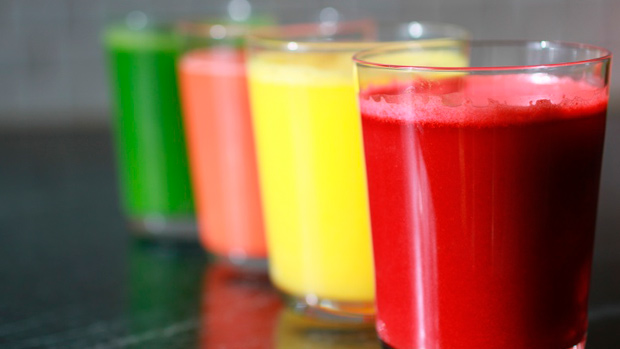PLU Codes
There's an incredibly simple way to tell if the apple you're fondling is organic. All it takes is holding it up and looking at its backside. That's where you'll likely find the Price Look-Up code, or PLU.
The PLU is a randomly assigned 4 or 5-digit number that's affixed to many supermarket fruits and vegetables. The codes are assigned by the International Federation for Produce Standards (IFPS) to make grocery store checkout and inventory a lot easier. If you know how to read these codes, you can immediately tell if a product was grown according to organic standards.
The Magic Number is 9
Let's take the Fuji apple, for instance. Its PLU code is 4131. That means it was grown conventionally, using the approved methods and chemicals of non-organic farmers.

However, if you see a "9" before the 4-digit number (94131), that means the Fuji apple was grown according to organic standards. The same is true of all of the roughly 1,450 fresh produce items in the IFPS database.
Ordinary passion fruit? PLU code 3038. Organic passion fruit? PLU code 93038. Ordinary kumquat? 4303. Organic? 94303.
How About a Code For GMO Foods?
The original plan was to have an "8" proceed all GMO produce, but it was discontinued because, according to the IFPS, they need more digits to assign for incoming code requests. Yeah, I'm not sure what that means either.
An Additional Use for PLU Codes
If you bought a particular variety of avocado that caused your girlfriend to shimmer on the floor in ecstasy and, despite her increasingly urgent pleas, you can't remember the exact variety, just use the free IFPS database. Punch in the PLU code and it'll tell you exactly what you bought.





